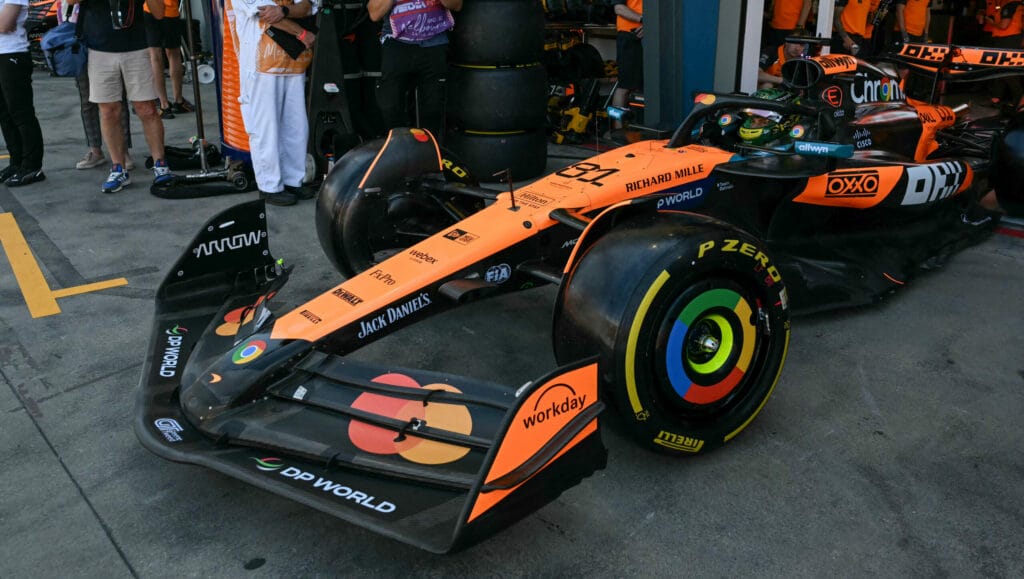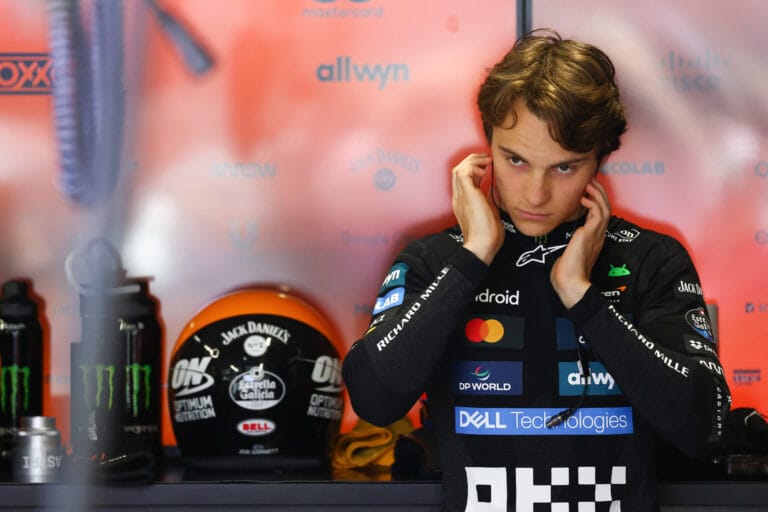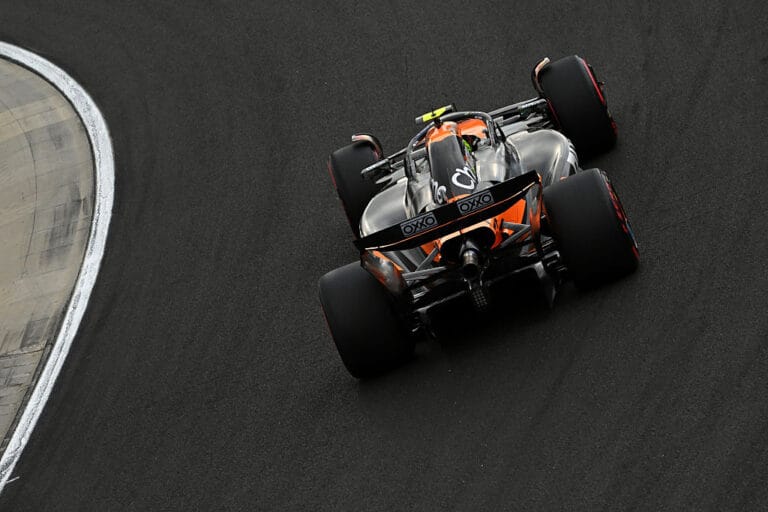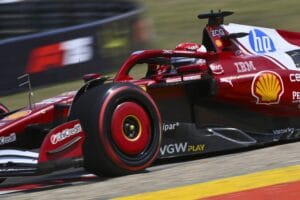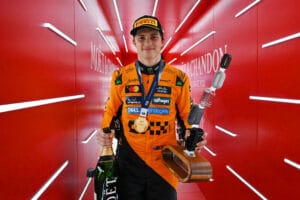In the aftermath of the Australian Grand Prix, won by McLaren driver Lando Norris, many experts are once again pointing to the alleged ‘mini-DRS’ of the Woking-based team. Images are circulating on social media of the rear wing of the MCL39 bending under aerodynamic pressure. However, several rival team bosses believe that McLaren’s main advantage lies in tyre management.
McLaren’s dominance, which was already touted as the favourite ahead of the season opener in Melbourne, was further underscored during the Grand Prix. Lando Norris solidified McLaren’s status as the team to beat by driving from pole position to a convincing victory. Teammate Oscar Piastri could probably have joined him on the podium, had he not spun in the closing stages of the race. Mercedes team boss Toto Wolff acknowledged that it will be a tough task to keep up with the papayas, partly due to their superior tyre management.
Tyre Management
“From a fan’s perspective, it’s impressive to see,” he declared afterwards to the media in Melbourne. “But as competitors, we’ll have to pull out all the stops to catch them (Norris and Piastri). For now, they seem elusive once they get going.” Wolff explained that McLaren was able to maintain a steady pace, while other teams struggled with tyre degradation.”
FIA to Enforce Stricter Regulations on Rear Wings Starting from GP China
“They are simply very good at managing tires,” he continued. “If we push these compounds to the limit, we can sustain that for one or two laps. After that, you can write them off. McLaren has such a wide window that they can keep pushing, pushing, and pushing.” Red Bull team boss Christian Horner also noticed how the papayas mainly benefited from minimal degradation of the Pirelli tires. “It’s strange,” the Brit concluded. “They can warm up the tires very quickly, but also experience very low degradation. Usually, one comes at the expense of the other, but on this circuit, they had it under control regardless.”
The benefits that the alleged ‘mini-DRS’ provides probably have little to do with improved tire management. The McLaren rear wing only opens on the straights, when the drivers pick up speed and generate sufficient aerodynamic pressure. In the corners – where the tires are most heavily stressed – the team probably benefits little from flexible components. We now know that the FIA will be monitoring more strictly during the upcoming GP of China to ensure the rear wings do not open too far.


